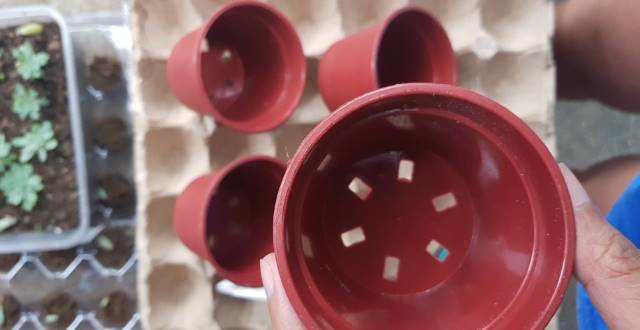Kalanchoe thyrsiflora Harv. is a flowering Kalanchoe species. The species is given the name “thyrsiflora” due to the epithet ‘thyrse’ which means the plants have its flower in a thyrse shape (clustered densely around the flower axis). It is an evergreen, drought-tolerant, succulent of stonecrop family. The upright clumps of leaves that resemble a stack of pancakes or an undersea shell make this plant very distinct from all other Kalanchoe species. It is commonly known as Flapjack Plant, The Paddle Plant, Desert Cabbage, White Lady, Birds Brandy, Ice Sculpture Kalanchoe, Geelplakkie, or Meelplakkie.
Flapjack plants have a unique appearance. The stems and leaves of Flapjack Kalanchoes are usually coated with a white powdery substance known as the “bloom”. This coating protects from intense light and moisture conditions. If the powder rubs off easily, it means you are handling it too much, there is nothing to worry about.
They are primarily grown as a houseplant in most parts of the U.S. Flapjacks are typically grown in containers in Saint Louis either indoors as a house plant or outdoors in the garden soil.
Kalanchoe thyrsiflora is often confused with kalanchoe luciae. The confusion arises mainly due to the similarity between both species. Kalanchoe thyrisflora and Kalanchoe luciae are closely related to each other but Kalanchoe luciae has less bloom, and there is a slight difference in the shape of foliage. The difference is usually hard to recognize.
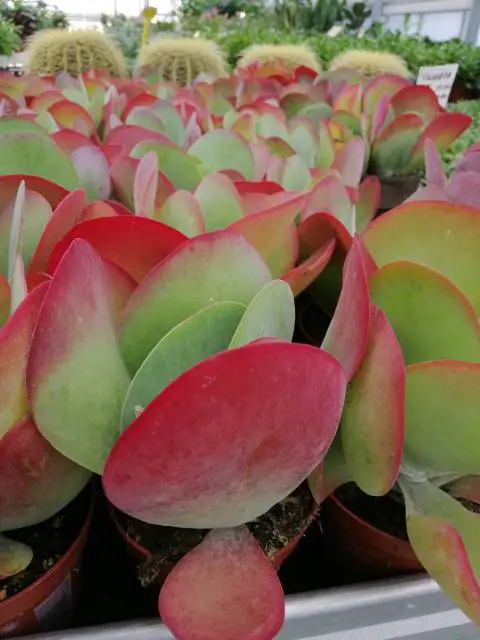
Due to the striking similarity, some sources say that both plants are the same species. They usually go mixed up in trade and sold by both names. It is suspected that Kalanchoe thyrsiflora that is sold in the market is actually Kalanchoe luciae.
But no matter whichever you buy they are wonderful plants and very easy to grow. They will give an impactful and bold display to your home gardens.
Origin and distribution
Kalanchoe thyrsiflora is native to Botswana, Lesotho, Swaziland, and South Africa. It grows well in tropical climates primarily in dry, rocky, and exposed areas.
How does Kalanchoe thyrsiflora look like?
Flapjack plant is a perennial succulent that produces a stalk up to 1 to 2.5 feet height. The plant spreads up to 0.75 to 1.5 feet. It produces a basal rosette of large, round, and stalkless leaves. Leaves are fleshy, wedge-shaped, or paddle-shaped greyish green with reddish margins. The rosettes appear stacked just like a stack of pancakes.
One of the unique features of this species is that the leaves are covered with a white powder known as ‘bloom’. The inflorescence is erect and terminal with densely clustered thyrse-like panicles. Flowers are sweetly fragrant, urn-shaped, greenish waxy with yellow petals.
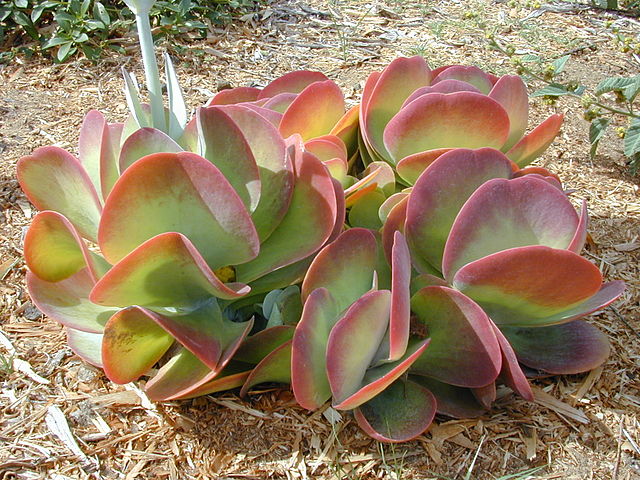
They are monocarpic succulents and die after flowering, but the mother plant usually takes 3 to 4 years to mature and start flowering. The mother plants die after flowering, but the plant will persist in the garden due to the offsets.
What is the blooming season of Flapjack Kalanchoes? The plants usually bloom from autumn to spring seasons giving an attractive display of sweetly scented flowers to your gardens.
How to grow and care for Kalanchoe thyrsiflora
Are you growing a few Flapjack plants at your home garden? Do you want to know how to care for your Flapjack kalanchoes
We are here to help you. Keep reading to learn the basic care guide for growing the amazing Flapjack plants.
Light requirements
Like many other succulents, flapjack plants love to grow in bright sunlight. These plants will even like some direct sunlight for a few hours. Move your plants outside in the summer season to give them exposure to direct sunlight. Make sure you move them outside gradually because an instant change from dark to direct sunlight will cause scorching of the leaves. To ensure that all sides of the plants get enough exposure to the sunlight, give the containers a quarter turn every week.
Don’t forget to bring them back indoors, if the temperature goes below 50 °F (10 °C) particularly at night.
Temperature
The average room temperatures 65-75 °F (18-24 °C) is best for the growth of Flapjack kalanchoes. They can be grown easily in room conditions and can also tolerate the dry air and heated room environments of your rooms.
Flapjack plants can also tolerate a minimum of 50 °F (10 °C) temperature. These plants are sensitive to temperature extremes. If the temperature goes very high it can cause sunburn or sunscald. Don’t leave your plants outdoors when the temperature goes excessively high.
Temperature below 50 °F is not safe for plant growth. Extremely cold or temperature below freezing can cause frost injury to your plants. Move your container plants indoors when the night temperature drops below freezing as it can kill the plants within no time. If you are growing Flapjack kalanchoes outside in the garden soil provide them protection from frost damage by covering with frost cloths.
It grows well in USDA zones 10-12 where it is a winter-hardy plant. But those living in lower zones can easily grow them indoors.
USDA zones to grow Kalanchoe thyrsiflora
- USDA Zone 10a: (30-35 °F) -1.1 to 1.7 °C
- USDA Zone 10b: (35-40 °F) 1.7 to 4.4 °C
- USDA Zone 11a: (40-45 °F) 4.4 to 7.2 °C
- USDA Zone 11b: (45-50 °F) 7.2 to 10 °C
- USDA Zone 12a: (50-55 °F) 10 to 12.8 °C
- USDA Zone 12b: (55-60 °F) 12.8 to 15.6 °C
Humidity needs
They don’t have special humidity requirements. Generally, the humidity at room temperature (around 40% relative humidity) is just fine for their growth.
Water requirements
Flapjack plants require moderate watering throughout the season and less sparingly in water. Let your plants cherish a drink full of water. Water thoroughly and always wait for the top 1 to 2 inches of the soil to dry out before the next watering. If the soil is still moist wait for another day or more to let it dry completely. Don’t let the soil become too soggy or moist, it will cause root rot and encourage fungal growth.
Be careful while watering, water the soil only, and avoid the leaves getting wet, it will cause rotting of the leaves. If you accidentally spill some water drops on the leaves, soak it immediately with a clean cloth or tissue paper. Remember don’t use chilled or hot water for watering your Flapjack plants.
Soil or growth medium
It grows well in well-drained sandy potting mix. You can use a standard succulent or cactus potting mix to grow your flapjack plants. A standard succulent mix can be bought easily from the markets.
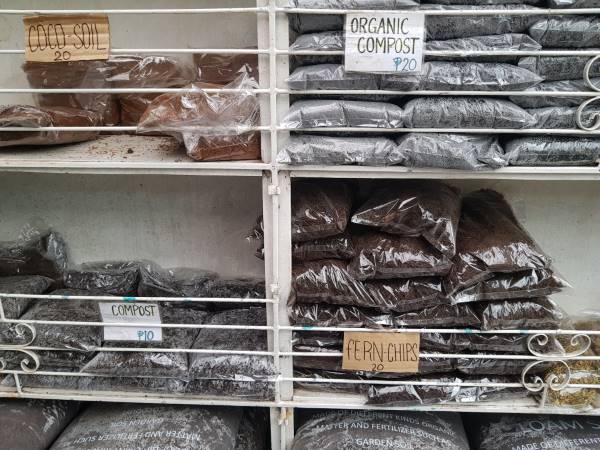
If you don’t want to buy a potting mix, you can also prepare the growth medium at your own by mixing equal parts of soil, sand, and perlite. Adding perlite will improve the drainage capacity of the growth medium. The pH of soil doesn’t make a difference it can grow well at all pH levels.
Fertilization
Like all Kalanchoe species, Flapjack plants don’t have additional nutrient requirements and generally do not need to be fertilized.
But you can fertilize your plants if you want to give them an extra dose of nutrients. Feed your Flapjack plants with a balanced succulent fertilizer mix.
It will be better to fertilize your plants during the active growing season or blooming period 2 to 3 times. It will ensure better and luxurious growth by providing some extra nutrients to the plants.
Propagation Flapjack kalanchoes
Flapjack kalanchoes are very easy to propagate and you can have many plants from your existing specimens. They can be propagated by using offsets and leaf cuttings. When the mother plant dies after flowering it produces offsets at the base. Dig the soil and take mother plant out, remove the offsets from the base. Use the offsets to propagate new plants.
Choose healthy disease-free leaves and pluck several leaves using a sharp scissor or gardening shears. Let the leaf cuttings and offsets to develop callous for a couple of days at a warm dry place. Treat the cuttings in growth hormone powder to ensure better growth and rooting.
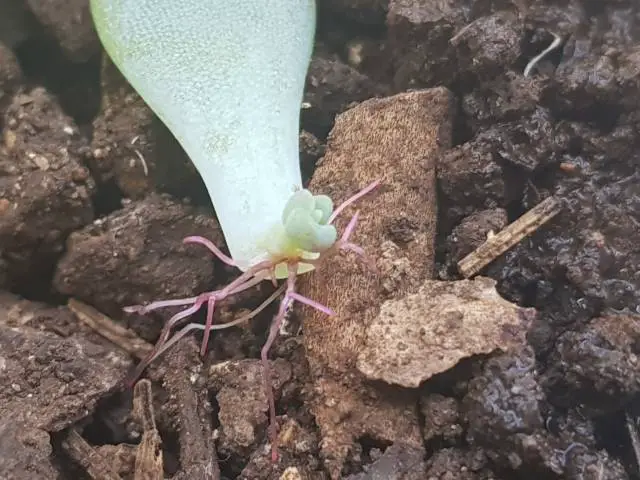
Take a standard succulent mix in a clean container, place the cuttings at the center of the top surface of the soil. Regularly sprinkle water on the cuttings several times a day for the first few days and avoid exposure to direct bright light.
After 3 to 4 weeks the cuttings will start rooting and giving off new leaves. Once the plants are established give them proper care as required by a full-grown succulent.
Repotting or Transplantation
The general rule is to repot the succulents after every 2 years. It will promote better growth of the plants. It is also recommended to repot your succulent after you purchase them from a local store or market.
The best season for repotting your plants is the spring season. It is better to repot your succulents in a container that is slightly larger than the previous one.
Flapjack Kalanchoes can’t take soggy soil at all. I would recommend you use a terra cotta pot with better drainage capacity.
Dig the soil and just take the plant out of the container gently. Fill the fresh growth medium in the new containers and shift your plants in them. Give your plants extra care until they establish in the new growth medium.
Pruning Flapjack Kalanchoes
Generally, Flapjack Kalanchoes don’t require pruning. Pruning should only be done when it is needed otherwise, they will do fine without pruning at all.
In some cases when the plants have diseased or damaged leaves, it is necessary to remove those leaves. If you don’t remove the diseased leaves, they will further increase the spread of disease to other parts of the plants. The removal of spent blooms or flower buds will ensure more blooming next season.
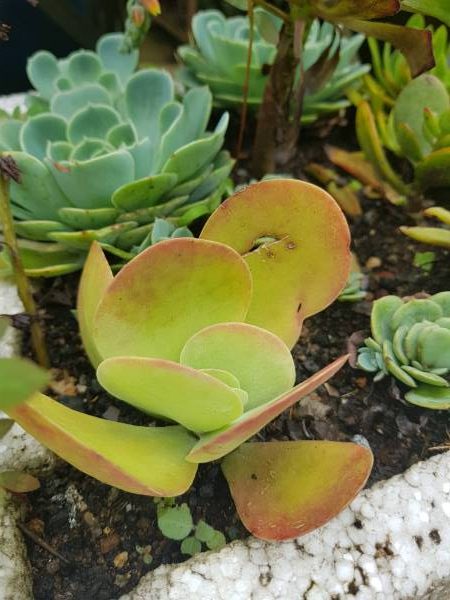
Pruning will encourage better growth of the plant. But make sure to avoid excessive pruning it will weaken your plants and their general health will also decline.
Use clean scissors sterilized with 70% alcohol to cut the unwanted plant parts and make sure you don’t damage other parts of the plants.
Is Kalanchoe thyrsiflora poisonous?
Yes, almost all Kalanchoe species are poisonous to cats, dogs, and livestock. But don’t worry they are completely safe to humans.
If you are keeping pets at home, keep your Flapjack plants away from the reach of your animals. They contain cardiac glycosides which can affect the normal heart functioning of your animals. If accidentally they ingest any part of the plants just take your pets immediately to the Veterinarian for a checkup. Don’t try to give treatment at home.
Insect pests and diseases
No serious insect pests or diseases have been reported on Kalanchoe thyrsiflora. Scales, mealybugs, and mites appear to attack this plant. But these insects usually don’t make a big problem.
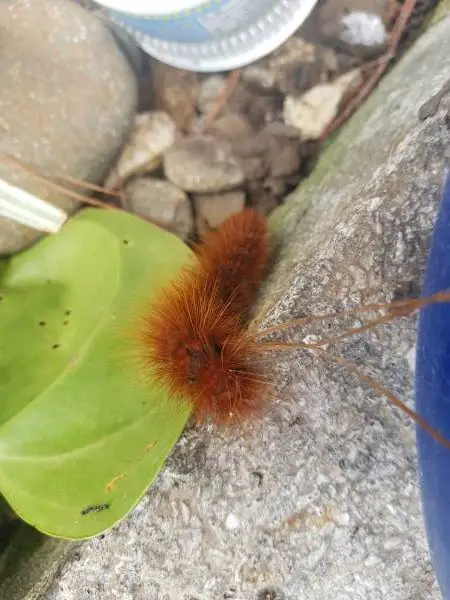
If you observe your plants regularly and keep them clean these insects won’t be able to make a way to your plants.
How to get rid of insect pests if they invade?
In case if you spot any of these creepy insects clinging on your plants, use alcohol to rub the plant parts it will keep the bugs away. You can also use neem oil or insecticidal spray to get rid of them.
Root rot and powdery mildew fungal diseases also appear on Flapjack plants. Make sure you don’t let your plants standing in heavily damp soils as it can encourage fungal growth.
From where to buy Kalanchoe thyrsiflora?
You can buy Kalanchoe thyrsiflora from local plant markets or nurseries commonly sold by the names Paddle plant, Flapjack plant, and Desert Cabbage.
You can also buy Flapjack kalanchoes from Amazon and many other online websites. They will deliver these amazing plants at your doorstep. Just make sure you repot them in a new growth medium after buying.
Just select the most feasible shopping option for you and bring a few new guests at your home, you will just love them.
Bottom Line
Flapjack plants are just lovable for their spectacular appearance. They will make an attractive addition to your home gardens.
They are easy to care for and can grow well with minimal attention. Just be careful with watering and light schedules. Give them moderate watering and bright sunny light for a few hours every day.
Keep your plants clean to avoid insect pest infestations and trimmed as required.
We hope this plant care guide will help you grow your healthy Flapjack plants at home.
Happy planting!


